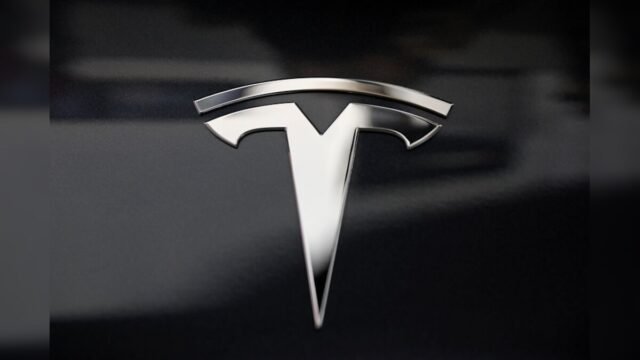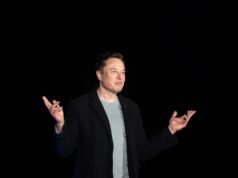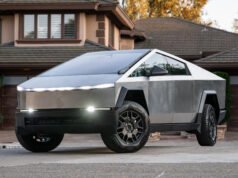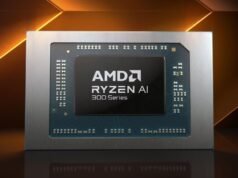Tesla, the renowned electric vehicle and clean energy company, is setting up a new production facility for Lithium Iron Phosphate (LFP) battery cells in Sparks, Nevada. This move represents a strategic pivot towards enhancing its battery supply chain and reducing dependency on external suppliers.
Overview of the New Facility
The new facility, which is expected to be operational by 2025, will focus on the production of LFP cells, commonly used in lower-range electric vehicles and stationary energy storage products like Tesla’s Megapacks. Unlike the more common nickel-based cells, LFP batteries offer a more cost-effective and reliable solution for such applications.
Tesla plans to utilize machinery and equipment procured from Contemporary Amperex Technology Co. Limited (CATL), a leading Chinese battery manufacturer. Despite acquiring the equipment from CATL, Tesla will maintain complete control over the production processes, with CATL’s involvement limited to setting up the machinery. This approach not only accelerates the setup time but also aligns with U.S. federal regulations that incentivize domestic manufacturing.
Benefits and Implications
This strategic move by Tesla could significantly bolster its position in the battery market, particularly for stationary storage solutions. By shifting part of its battery production to LFP cells, Tesla is diversifying its battery technology portfolio, which traditionally relied more on nickel-based chemistries.
Moreover, the establishment of this facility within the U.S. shores aligns with broader national interests of reducing reliance on foreign supply chains, particularly from China. This is increasingly relevant as geopolitical tensions influence trade and manufacturing strategies globally.
Tesla’s Broader Battery Strategy
Apart from the LFP cell production, Tesla continues to expand its existing Giga Nevada plant, where it partners with Panasonic to produce other types of battery cells for different applications. This dual approach of both in-house production and strategic partnerships allows Tesla to adapt quickly to market demands and technological advancements.
Tesla’s foray into in-house LFP battery cell production marks a significant step in its broader strategy to control more of its battery supply chain, reduce production costs, and comply with U.S. manufacturing regulations. As the electric vehicle market continues to grow, such strategic moves are likely to strengthen Tesla’s market position and ensure its competitiveness in the rapidly evolving energy sector.


















